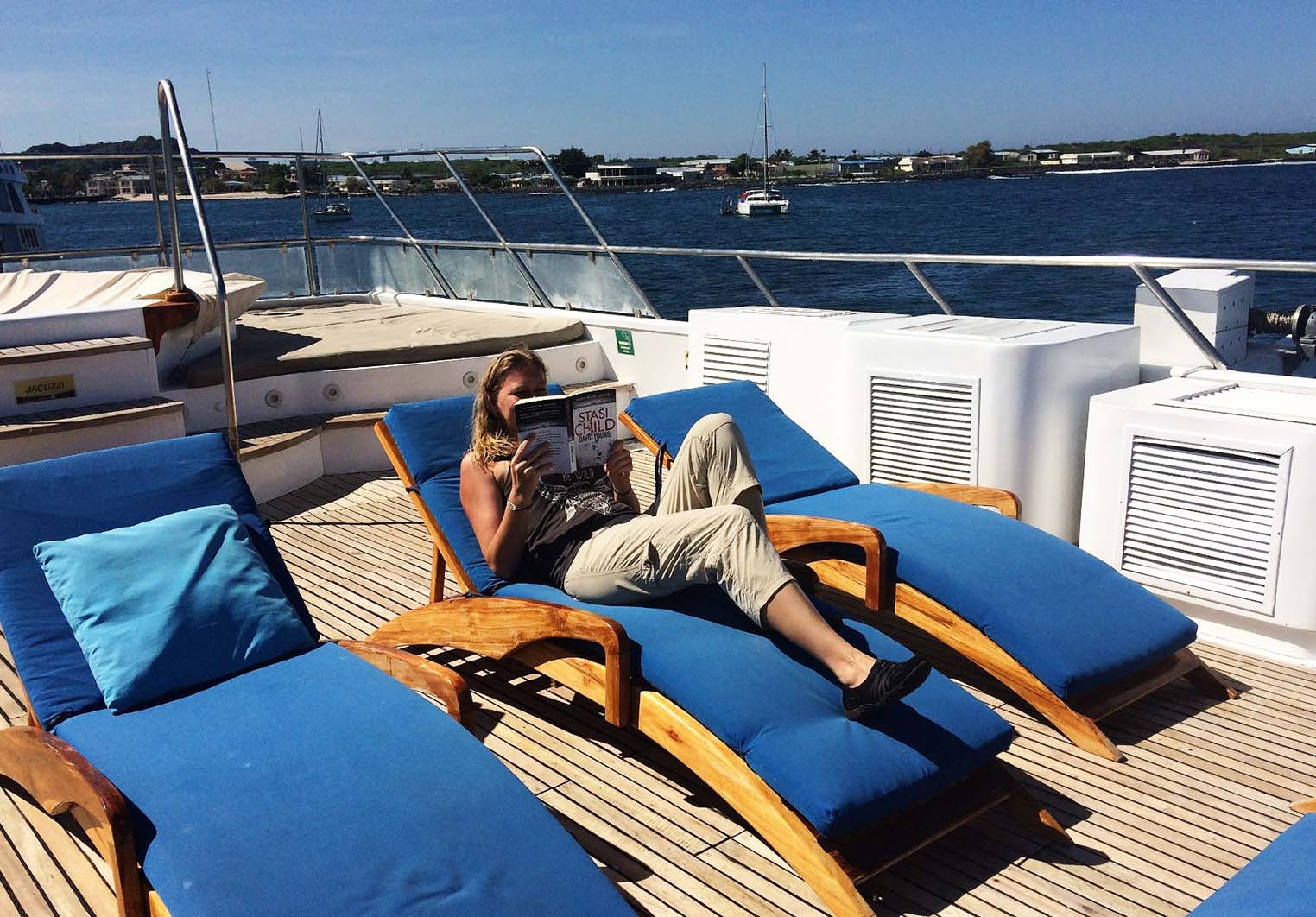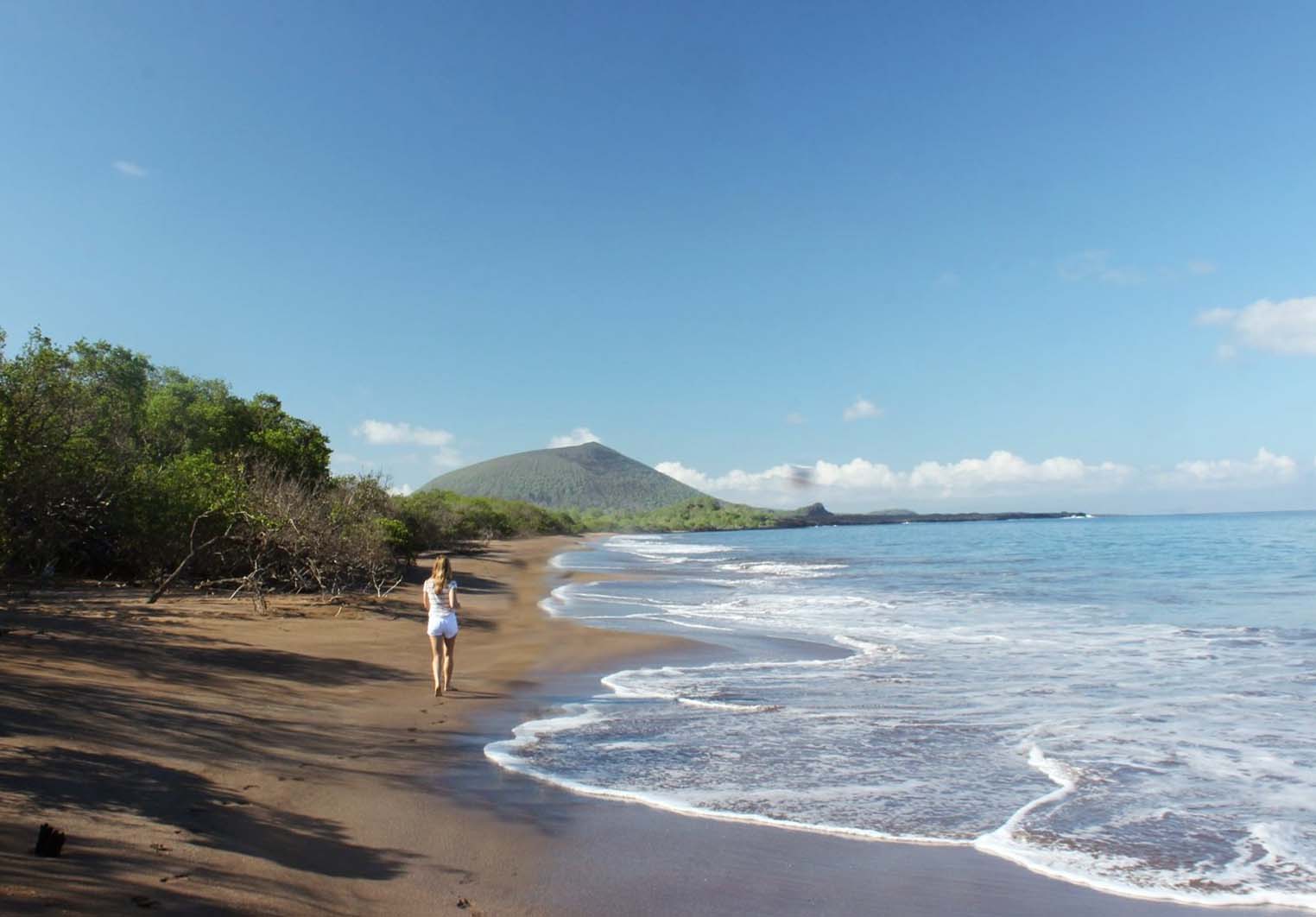Visiting the Galapagos Islands was truly a dream come true, a journey I had been dreaming of for many years! Dream trips often come with high expectations, and I can honestly say that my Galapagos cruise exceeded my expectations, which is quite rare. These remote islands turned out to be completely different from what I had imagined.
Until a few years ago, when I first traveled to South America, the Galapagos Islands in my imagination were much more desolate than the reality—basically inhabited only by wildlife. Before booking a flight to Ecuador, I had already learned that there were far more people living on these islands than I had imagined. This year, as I cruised between several islands, I gained a lot of insights into these islands! This includes things to know before visiting the Galapagos Islands or if you just want to learn more about one of the world’s most remote archipelagos.
The Galapagos Islands are located in the remote ocean.
Although the Galapagos Islands belong to the small country of Ecuador, which is part of the Andes mountain range, they are actually quite far from the rest of the country – precisely 560 miles (901 kilometers). These islands are situated in the Pacific Ocean, and the nearest airport on the mainland is Guayaquil, which is less than a two-hour flight away. They are also about 2 hours and 15 minutes away from Ecuador’s capital, Quito.
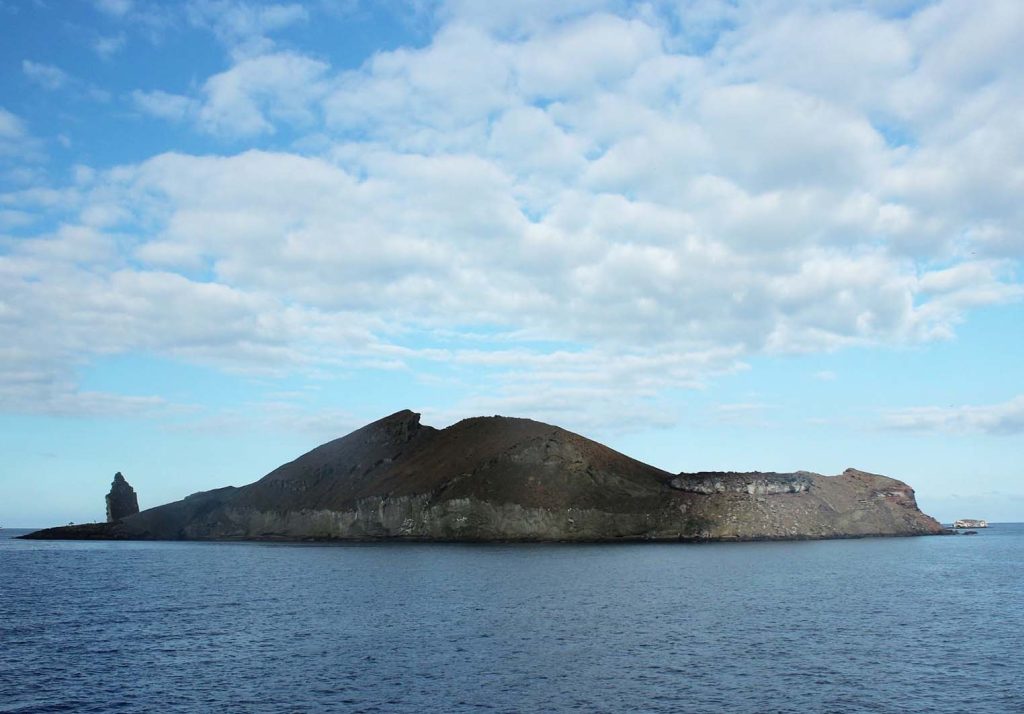
How many islands are there?
The archipelago consists of 13 main islands (with 5 of them inhabited) and 6 smaller islets. Several of the smaller islands have no human population and are only inhabited by wildlife. In addition to the larger islands, there are over 100 smaller islets or rocks. These islands are located near the equator and are home to over 25,000 people, with roughly half of them residing in Ayora Port on Santa Cruz Island, making it the largest settlement in the archipelago. All the islands are volcanic in origin, formed from lava that erupted from the seafloor around 4 million years ago. Some of these volcanoes are still active.
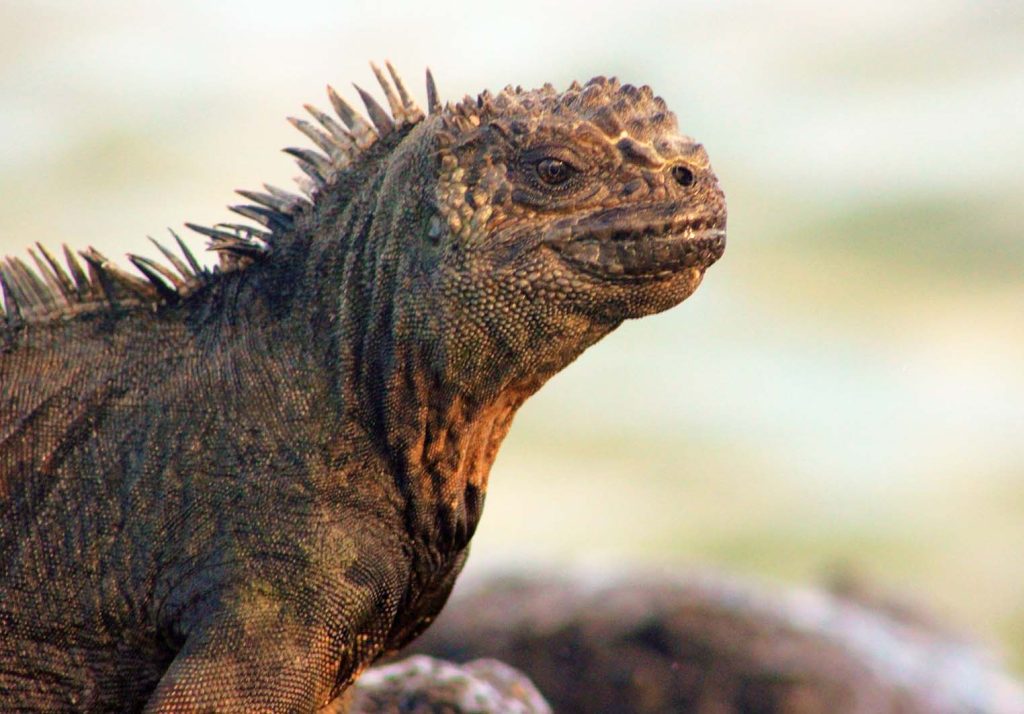
The Unique Species of the Galapagos Islands
The Galapagos Islands are renowned for their diverse wildlife, including many species that are unique to the islands and cannot be found elsewhere in the world. These species include the Galapagos fur seal, Galapagos land iguana, Galapagos sea lion, Galapagos giant tortoise, and marine iguana (the only lizard that can swim). The Galapagos Islands are also the only place in the world where penguins live along the equator. In addition to these unique species, there are dozens of other species in the Galapagos Islands, but they seem largely indifferent to the presence of tourists. Visitors are almost certain to see blue-footed boobies, frigatebirds, marine iguanas, giant tortoises, hammerhead sharks, rays, and flamingos. Charles Darwin visited these islands in 1835, and his observations of the local wildlife contributed significantly to his theory of evolution, later published in his famous work “On the Origin of Species.” Due to its rich wildlife, the Galapagos Islands were designated a UNESCO World Heritage Site in 1978.
Many species on the Galapagos Islands are on the brink of extinction.
Unfortunately, many of the unique species native to the Galapagos Islands, such as giant tortoises, have been on the brink of extinction for centuries. Their decline began in the 17th century when Spanish explorers hunted them for their meat and later when pirates hunted them for their shells. Out of the 20 species of birds found exclusively on the Galapagos Islands, 16 are threatened, and some species have gone extinct entirely. It’s disheartening to see so many unique species on the verge of extinction, but the good news is that the government of Ecuador is making significant efforts to protect this unique ecosystem and its inhabitants. Things to know before visiting the Galapagos Islands include: Even before boarding a flight to the islands, you’ll notice these conservation measures: the prohibition of carrying any agricultural products (such as fruits) because non-native flora and fauna pose one of the biggest challenges to the protection of the Galapagos Islands. That’s why every piece of luggage is thoroughly checked for fresh produce before you check it in. Each visitor is required to pay a $100 national park fee upon arrival at the airport, and this fee is also used for the conservation of the island’s natural habitats.
Not all of the Galapagos Islands feel remote.
The Galapagos Islands are often described as a remote archipelago in the middle of the ocean, but several of the islands are inhabited, and these islands don’t give you the “undiscovered island” feeling you might expect when touring the Galapagos Islands. In 1969, the only way to reach there was by boat, and daily flight connections did not exist at that time. The Galapagos Islands are home to over 25,000 people, with nearly half of them residing on Santa Cruz Island. San Cristóbal Island has 6,000 residents, Isabela Island has 1,800, and Floreana Island has only 100. Things to know before visiting the Galapagos Islands:
Before booking a Galapagos Islands cruise:
One of the most important things to know before visiting the Galapagos Islands is that it’s a good idea to “shop around” for a cruise: compare prices, see what is included and what is not, and read reviews about different tour companies from previous customers. When comparing different tour companies, you should ask the following questions: What is the cruise itinerary?
How many passengers will be on board?
What is included in the itinerary?
Are there any additional fees to be aware of?
Does it include snorkeling equipment and wetsuits?
Will there be shared cabins (if you’re traveling alone)?
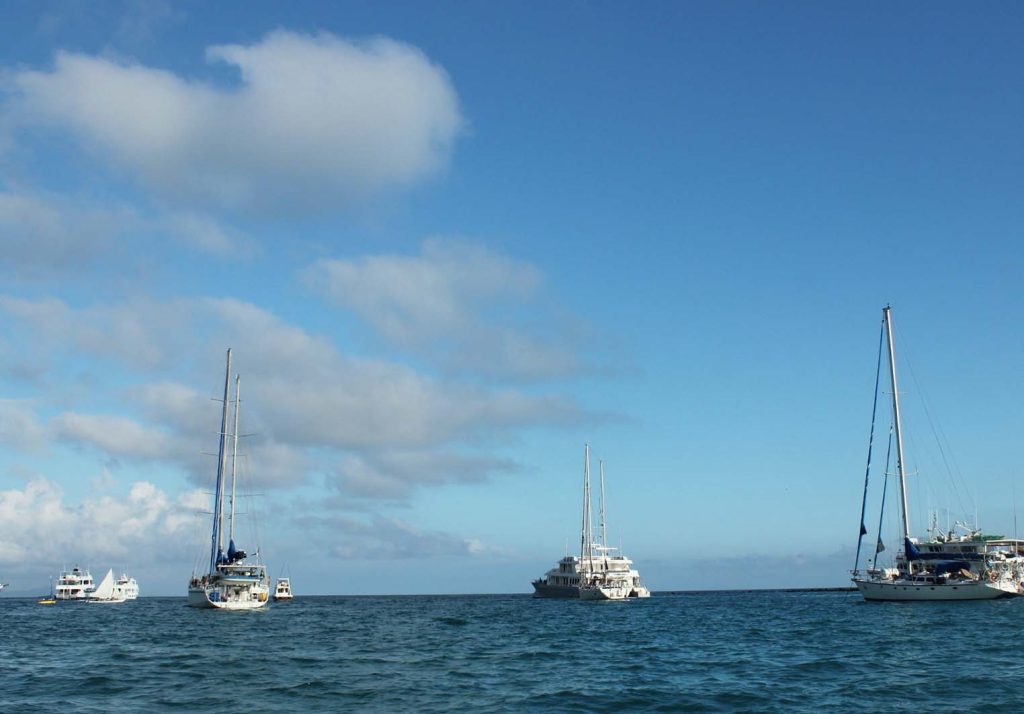
Independent Travel to the Galapagos Islands Is a Viable Option
For a long time, the best way to explore the Galapagos Islands was by taking a cruise. However, in recent years, visiting the Galapagos Islands independently has become more accessible. One factor contributing to this change is the affordability of flights from the mainland. Currently, standard round-trip airfare from Guayaquil is around $280, and from Quito, it’s approximately $300. Additionally, there are more independent accommodations available on the inhabited islands, thanks to platforms like Airbnb, making it easier for visitors to rent private rooms or entire apartments.
You can now forego the need for a cruise to visit the Galapagos Islands. Instead, you can simply fly to one of the two airports, Baltra or San Cristobal, settle on one of the four inhabited islands (San Cristobal, Santa Cruz, Floreana, and Isabela), where accommodations are available, and embark on day trips from there. This approach is particularly appealing to those who wish to spend more than a few days on these unique islands. With options like Airbnb, you can rent apartments for a month or longer for less than $1,000 per month, making it a more economical choice compared to a week-long cruise.
Day Trips vs. Cruises:
Yes, flying directly to the Galapagos Islands, settling on an inhabited island, and then taking day trips to other islands or renowned snorkeling spots can be a more cost-effective option. However, cruising remains a great choice for those wanting to visit some of the more remote attractions, which are often quite distant from the inhabited islands and can only be reached by taking a cruise.
If you don’t mind missing out on these remote locations (which often teem with wildlife), basing yourself on one of the inhabited islands provides an excellent way to experience the Galapagos Islands without joining a tour (and spending several days on a boat with potentially incompatible fellow travelers!). Santa Cruz Island, in particular, offers ease of exploration by taking taxis, buses, or even walking. You’ll encounter wildlife in town, including herons, other bird species, and sea lions. You can also rent bicycles for venturing further afield. The advantage of residing on one of the inhabited islands is the opportunity to get a genuine sense of life in the Galapagos Islands.
Ferry Services and Flights between Inhabited Islands:
Last-minute Deals for Galapagos Islands Cruises Are Real
If, like me, you are planning to visit the Galapagos Islands as part of a broader South American or Ecuadorian adventure, finding last-minute deals for Galapagos Islands cruises is entirely possible. I encountered such deals through a travel agency associated with the first hostel I stayed at in Quito. Similarly, in Guayaquil, numerous hostels, hotels, and many travel agencies offer last-minute deals for Galapagos cruises. While these deals can reduce the cost of a Galapagos Islands cruise by up to 60%, they require some flexibility as you may need to wait a few days for the cruise departure.
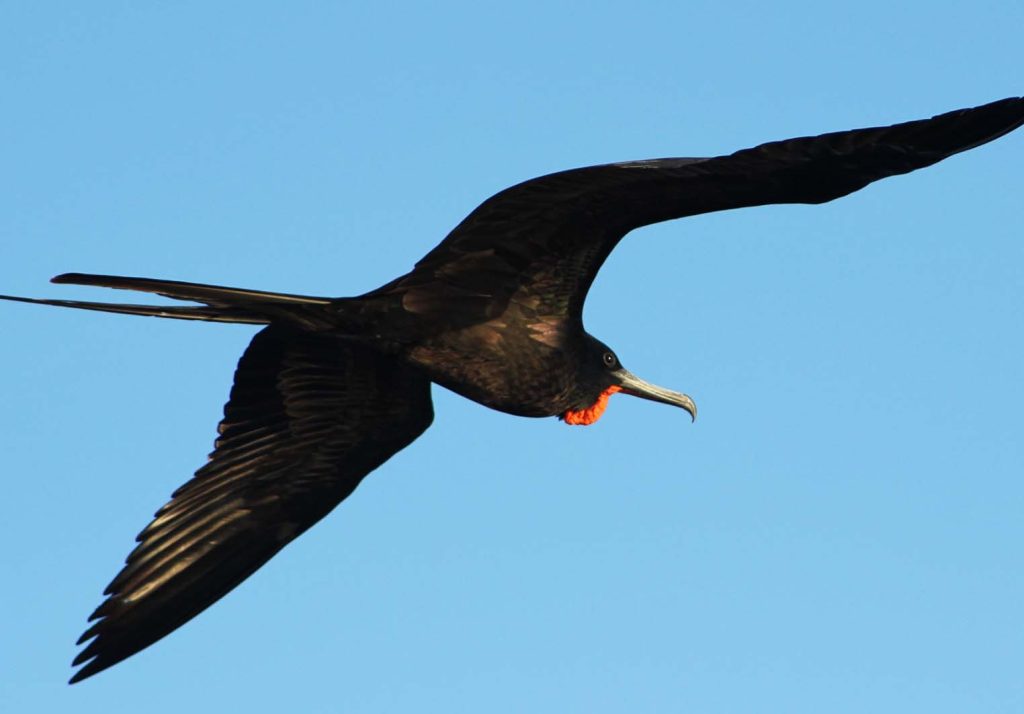
It’s essential to note that the cost of your flight to the islands is typically not included in the deal, but these flight prices are less likely to surge compared to booking domestic flights in the United States just a few days before departure. A valuable tip before visiting the Galapagos Islands is that you can fly directly to the islands and explore last-minute cruise options at Ayora port, where most cruises depart. This approach allows you to inspect the boats and meet the guides before committing. Having a knowledgeable and engaging guide can significantly impact the quality of your trip.
The prices for last-minute cruises vary, ranging from $650 to $1,400, contingent on the cruise duration and vessel quality. However, keep in mind that lower-priced cruises may entail less comfort, fewer gourmet dining options, and potentially less captivating itineraries. Therefore, it’s advisable to inquire about these details before making your decision to embark on a cruise (see #6). A crucial note: Finding last-minute deals during the high season (Christmas, New Year, and around Easter) can be challenging. If your travel plans coincide with these peak periods, it’s advisable to book your Galapagos Islands cruise well in advance.
Varying Quality of Galapagos Islands Cruises
Understanding this is especially important when booking last-minute deals. The prices of Galapagos Islands cruises can vary significantly, ranging from as low as $1,400 to as high as $12,000 (regular prices, not last-minute deals). Keep in mind that you get what you pay for when it comes to Galapagos Islands cruises.
What does this mean? Well, on budget cruises, sharing a cabin with a stranger is quite common. I have a female friend who spent about $1,000 on a last-minute cruise and had to share a cabin with another passenger (who happened to be a male). Fortunately, everything went smoothly for her, but I know not everyone would feel comfortable in such a situation. This is one of the most crucial things to understand before visiting the Galapagos Islands, especially when you plan to book a cruise (inquire with your travel agency about cabin arrangements).
I was spoiled on luxury cruises, where there were snacks after every snorkeling trip and land excursion, along with buffet-style lunches and dinners with plenty of vegetarian options. However, budget cruises may offer limited food choices, with no snacks between meals, and the food quality may leave much to be desired. Additionally, lower-cost cruises might not provide top-quality snorkeling and diving equipment, or they may charge extra for wetsuits/snorkeling gear.
Excellent Resource: WikiTravel provides a comprehensive list of Galapagos cruise operators, from budget to high-end, along with additional tips to keep in mind when booking a cruise.
Life Aboard Galapagos Islands Cruises
The duration of a cruise in the Galapagos Islands typically ranges from four to eight days. However, if you opt for a four-day trip, this includes the arrival and departure flights, essentially giving you only three or at most three and a half days on the islands. I recommend a cruise of at least five days, but if you can afford an eight-day cruise, go for it. You might only visit the Galapagos Islands once, so make the most of it.
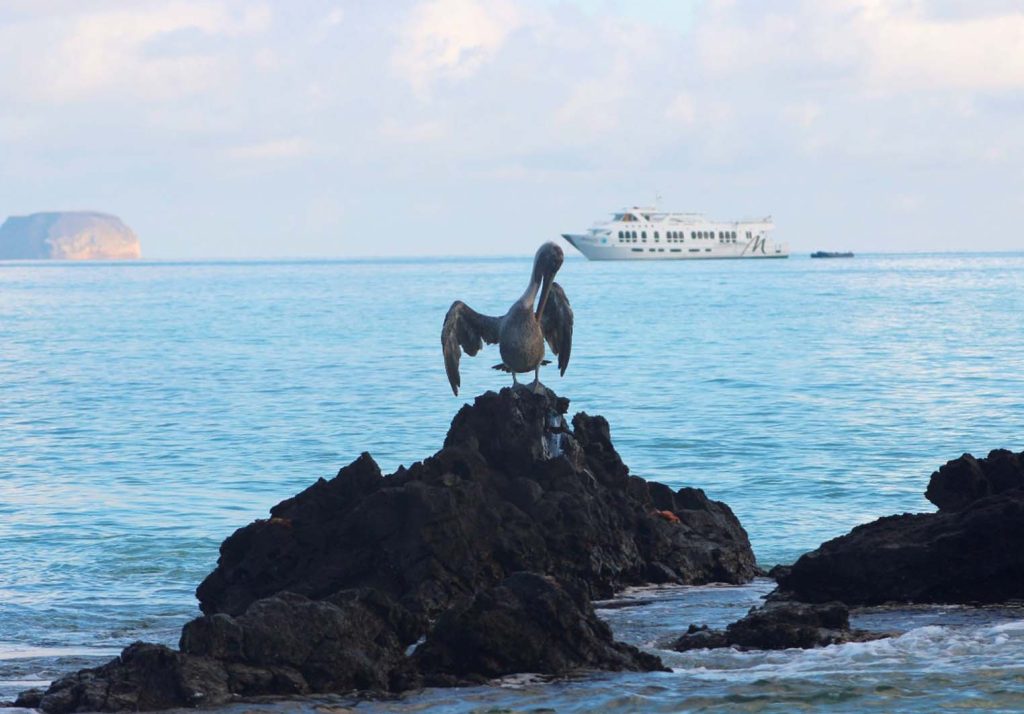
Things to Know Before Visiting the Galapagos Islands:
Visiting the Galapagos Islands: Vessels
The variety of vessels in the Galapagos Islands is extensive, ranging from 16-passenger yachts to 98-passenger ships. Mid-sized ships can accommodate 48 passengers. If you’re on a smaller yacht, all passengers can disembark and go snorkeling or explore the land together. However, if you’re on a larger ship, tours may need to be conducted in smaller groups, and passengers will take turns, which can significantly alter the experience. Essentially, choosing a larger ship means you’ll have to spend time waiting your turn on board. Cruising with 97 other passengers is also a different experience from the “remote island” feeling. When my small group went on island excursions, it truly felt like we were the only ones there, and I enjoyed not having to take turns during snorkeling.
Seasickness: What to Do?
Given the distance of these islands from the open sea, I was a bit concerned about seasickness. However, I visited during the dry season (January to June), when the waters are generally calmer than during the wet season (July to December). I did feel a bit queasy the first night when the ship began to move, but luckily, that feeling passed quickly. For safety, I recommend wearing motion sickness wristbands, as some fellow passengers were using them. If you’re prone to seasickness, try to avoid visiting the Galapagos Islands between August and October, as the seas are roughest during this time.
Sailboats usually move more than wider motor vessels and catamarans, so check the type of vessel you’ll be on.
The location of your cabin is also essential. Request a cabin in the middle of the ship, away from the engines, and as low as possible (if there are two decks, choose the lower deck).
How Much Does it Cost to Visit the Galapagos Islands?
The cost for each person visiting the Galapagos Islands, whether for a tour, a cruise, or independent travel, includes:
- $20 transit control fee (paid in cash at the Galapagos Islands departure airport, typically Quito or Guayaquil).
- $100 national park entrance fee (paid in cash upon arrival at the Galapagos Islands airport, either Baltra or San Cristobal).
- Round-trip airfare to the Galapagos Islands, which costs approximately $300.
The approximate daily prices for Galapagos Islands cruises are as follows:
- Economy class: $240-$340
- First class: $340-$450
- Luxury cruises: $450 and above
One important thing to note about visiting the Galapagos Islands is that during the rainy season from June to December, cruise prices are discounted by 15% to 20%.
You are also expected to tip the guide and crew (with a daily tipping budget ranging from $10 to $20, depending on the price you paid for the cruise – generally, the better the ship, the higher the tip you should expect to give).
If you travel to the Galapagos Islands independently, you can find a private room in hostels, hotels, or on Airbnb for around $30 per night. Entire apartments start at around $50 per night. Booking.com offers many double rooms for less than $40 per night.
Ferry prices between islands are approximately $30 per person, and flights between Baltra, Santa Cruz, Isabela, and San Cristobal cost around $160 for a one-way ticket.
Tour prices range from $60 to $180 per person, depending on the length and scope of the tour. These details should be considered when budgeting for your Galapagos Islands trip.
Money Matters in the Galapagos Islands
ATMs/Credit Cards
Speaking of money, it’s worth noting that ATMs on the islands are scarce. If you’re not on one of the islands with ATMs, you might not find one at all. Santa Cruz Island is your best bet for accessing cash, with two ATMs available, or San Cristobal Island with one ATM. For safety, I recommend withdrawing cash before visiting the Galapagos Islands. You can withdraw money at the airports in Quito and Guayaquil. We didn’t stop at ports with ATMs during my visit unless there was a national election happening, which meant our ship’s crew had to go ashore to vote, and we had some free time in Ayora Port.
Galapagos Islands Currency: US Dollars
Ecuador officially adopted the US dollar as its official currency in 2000.
All ATMs in the Galapagos Islands dispense US dollars. If you’re visiting from the United States, be sure to bring enough cash with you as not many businesses accept credit cards. You’ll need cash for buying drinks on board, tipping the crew, and if you visit bars or restaurants in Ayora Port or San Cristobal, cash is king. Keep in mind that most places do not accept $100 bills.
Can You Get WiFi in the Galapagos Islands?
If you’re touring the Galapagos Islands by cruise, you’re likely to be offline most of the time. Despite having an Ecuadorian SIM card, I had no signal about 90% of the time onboard, and my SkyRoam WiFi hotspot didn’t work in Ecuador.
As we spent a few hours on land one day, I could quickly check emails at a restaurant on Santa Cruz Island, but the WiFi speed there was painfully slow. If you decide to base yourself on one of the islands, do not expect to have excellent internet speeds.
Guided Tours Are a Must in the Galapagos Islands
The Galapagos National Park regulations stipulate that you cannot explore the islands on your own; you must be accompanied by a licensed Galapagos National Park guide. When planning day trips to the islands, don’t forget to budget for this. If you’re touring the islands by cruise, the guide is already included in the cruise price, but you’ll still need to tip them.
Essential Packing for the Galapagos Islands
The good news is that flights to the Galapagos Islands allow you to carry only one checked bag and one carry-on, so you won’t be lugging around too much luggage. When it comes to things to know before visiting the Galapagos Islands, packing essentials can make or break your trip.
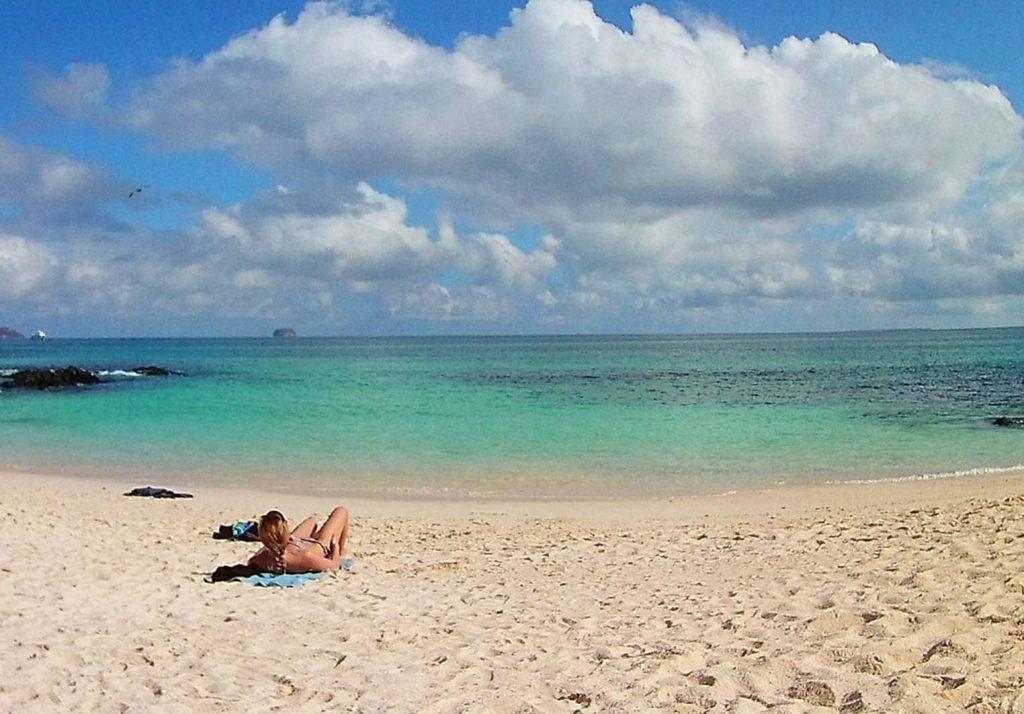
Don’t worry too much about buying special gear or clothing for your journey—keep in mind that many people visit the Galapagos Islands as part of a broader South American trip, traveling for 12 months with just a backpack. I visited the Galapagos Islands during a three-month Latin American trip, so I didn’t have much space for specialty items. Here are the items I purchased specifically for my Galapagos Island adventure:
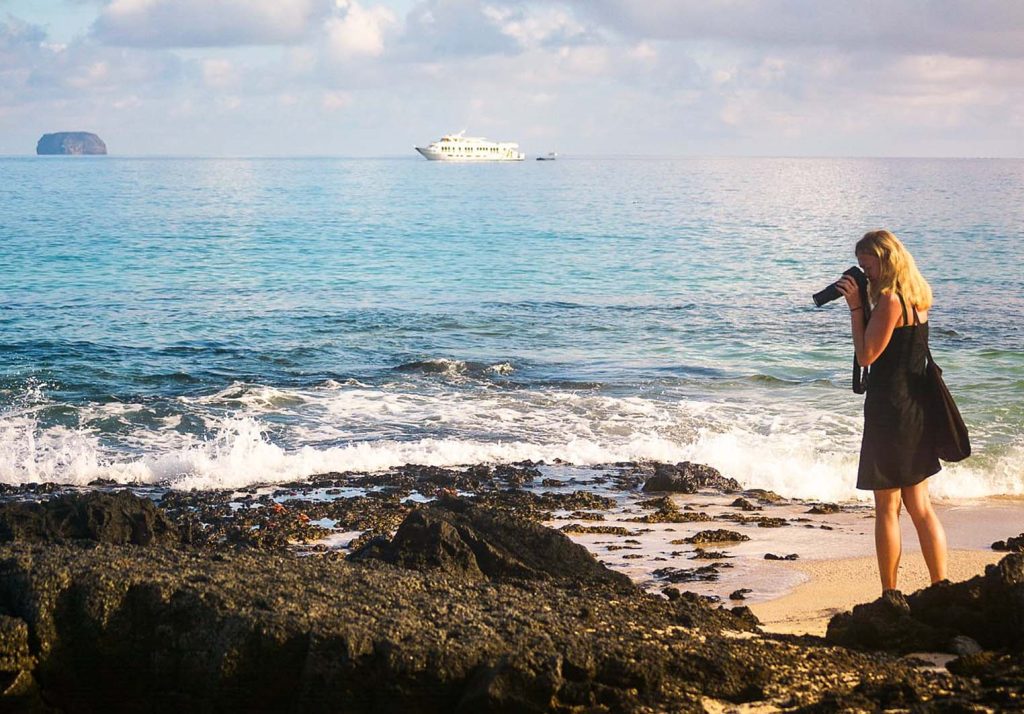
- Sunscreen—If you think you can buy sunscreen en route to the islands, note that airport prices are expensive. My friend spent $30 on a bottle of sunscreen at Guayaquil Airport, and island prices are similar.
- Underwater Camera – I watched Nomadic Boys’ underwater footage from their Galapagos Islands trip before I left and decided that I also needed to capture the underwater beauty. I felt I’d miss out without an underwater camera. Since I wasn’t sure how extensively I’d use the camera beyond snorkeling trips in the Galapagos Islands, I didn’t want to invest in a GoPro, and I’m glad I didn’t. I found the videos I shot with my AKASO were decent for a first-time underwater shooter, and I’ve hardly touched the camera since returning from Latin America. A GoPro is a pretty substantial investment, but it’s definitely worth it if you’re passionate about shooting, as seen in the footage captured by The BucketList Family during our travels.
- Swimwear with UV Protection – While you can opt for a wetsuit for snorkeling trips, you might find yourself mostly snorkeling in swimwear like me. So be sure to pack comfortable swimwear. If you prefer not to wear a wetsuit and like snorkeling in swimwear, you might want to bring a long-sleeved swimshirt with UV protection to prevent sunburn.
- Sandals – For me, flip-flops were sufficient, but be mindful that outdoor decks on the boat can get slippery. If you prefer wearing shoes for wet landings (getting in and out of the small boats in knee-deep water), I recommend waterproof sandals or sturdy Tevas. (I went barefoot, which worked fine for me).
- Windbreaker – This is especially important if you visit the Galapagos Islands during the “rainy season” from June to December when it’s often windy and chilly. Personally, I liked my Columbia windbreaker/rain jacket, and by the way, it was the only jacket I brought on this trip.
- Camera with Zoom Lens – Many passengers on board told me they regretted not investing in an additional zoom lens for this trip, as it’s one of the things to know about the Galapagos Islands. I’m extremely grateful I brought my 300mm wildlife zoom lens. While 300mm isn’t a lot, it made a huge difference in the photos I captured throughout the journey.
- Waterproof Bag – I always kept my camera and phone in a waterproof bag to keep them dry when we took small boats for land excursions. I also did the same for snorkeling, even taking my non-waterproof DSLR camera for some surface shots. With the waterproof bag, I could leave it on the small boat while snorkeling without worrying about getting the camera wet.
- Reusable Water Bottle – The authorities have very strict laws to protect the environment in the Galapagos Islands. Bring a reusable water bottle to keep your carbon footprint to a minimum. Drinking water is usually provided on the boat, and you can refill your bottle with it.
- Motion Sickness Medication – If you’re prone to motion sickness, bring some meclizine or Seaband wristbands. Better safe than sorry! Check the section above for more information on seasickness during your journey to the Galapagos Islands.
- First Aid Kit – If you’re touring the Galapagos Islands by cruise, remember that you’ll have limited access to pharmacies and medical services on board. If you have a sensitive stomach, I recommend bringing pain relievers like ibuprofen or acetaminophen, anti-diarrheal medication, and Pepto-Bismol. Include band-aids (in case of cuts from underwater rocks), disinfectant, and all the typical items found in a first aid kit.
- Padlock – You might need to bring a padlock if you’re sharing a cabin with strangers on the boat to secure your valuables in your suitcase.
- Binoculars – Especially if you’re a bird-watcher! Tip: Bird enthusiasts will appreciate the difference a high-quality pair of binoculars can make, and Target Tamers offers a variety of binoculars to enhance your bird-watching experience.
Last but certainly not least: Travel Insurance
Due to the fact that you’ll be in a remote location far from the mainland, in the event of a medical emergency, you are likely to be airlifted back to the mainland for treatment. This can be extremely costly. Therefore, it is imperative to purchase travel insurance during your stay in Ecuador. I opted for the slightly more expensive Explorer plan from World Nomads, as it covers scuba diving and snorkeling. However, when visiting the Galapagos Islands, you should, at the very least, have standard insurance.
